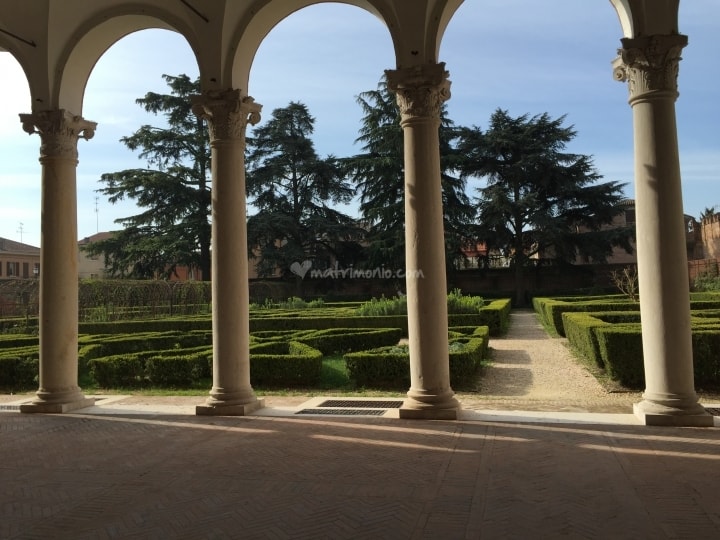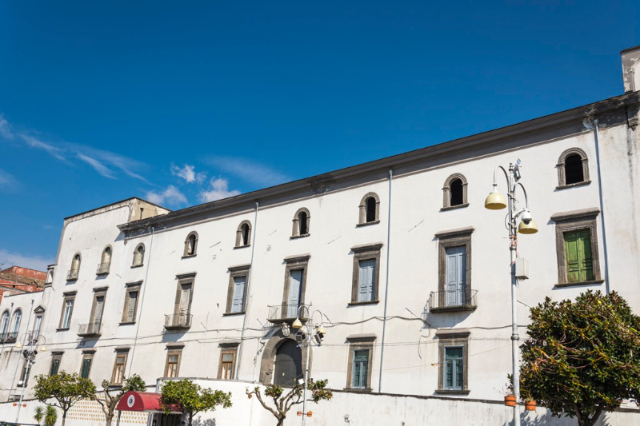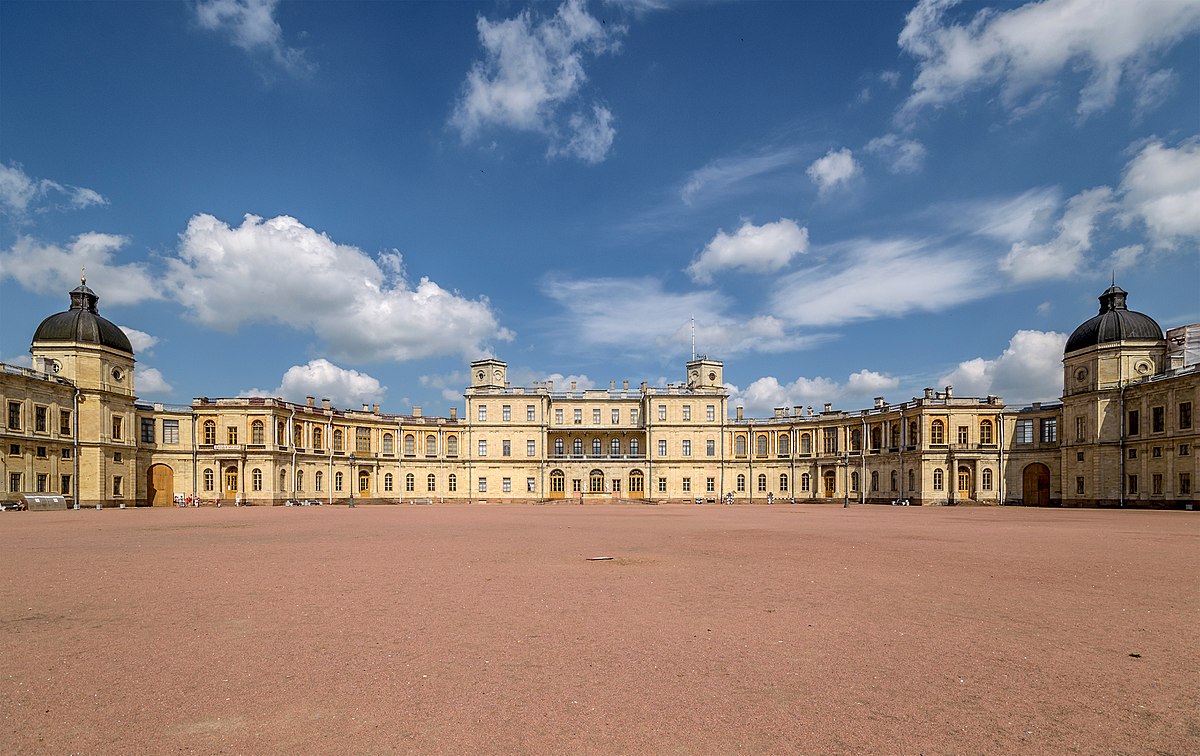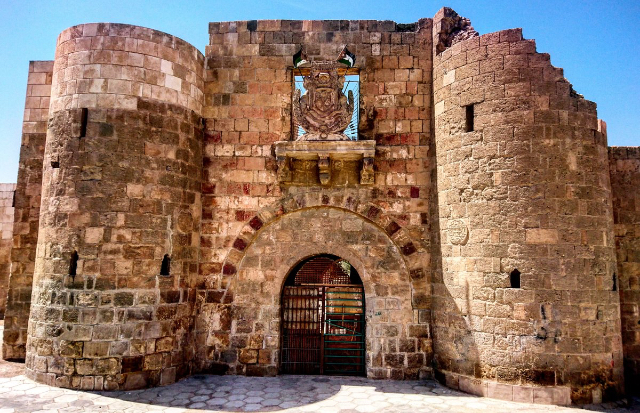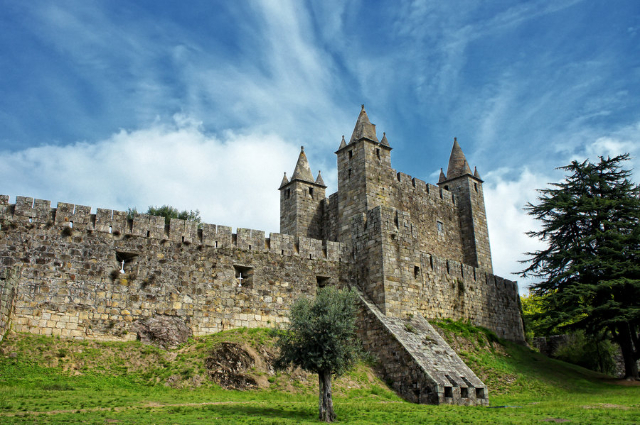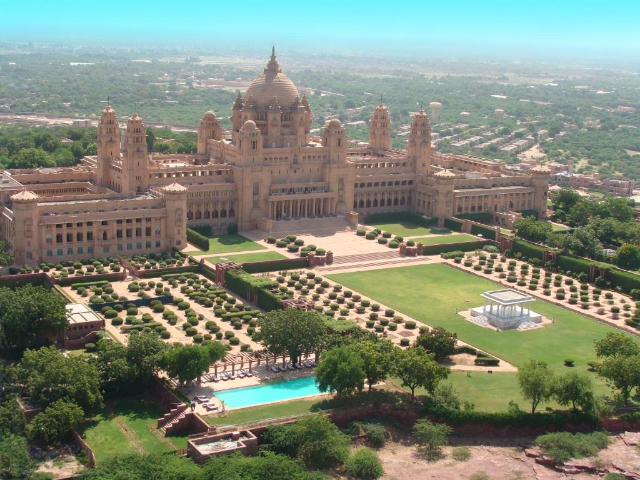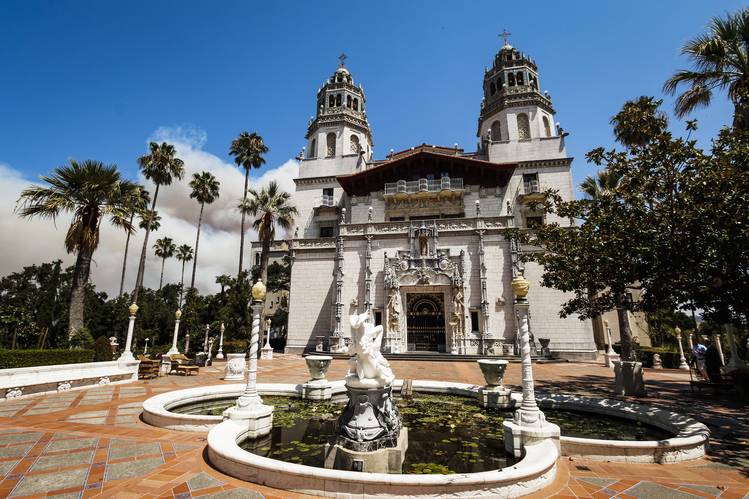The sixteenth-century palace traditionally attributed to Ludovico Sforza called the Moor, Duke of Milan, actually belonged to Antonio Costabili, secretary of Ludovico and prominent personality of the court of Duke Ercole I d’Este.
The initial project was by the ducal architect Biagio Rossetti, tutelary deity of Ferrara’s Renaissance architecture. The building site of the palace saw the work of some famous stonemasons and painters of the Este court of the early sixteenth century: among the first Gabriele Frisoni, Girolamo Pasino and Cristoforo di Ambrogio, among others Benvenuto Tisi called the Garofalo, Ludovico Mazzolino and l’Ortolano.
Biagio Rossetti began the construction of the building in 1500 and in 1503 he left it to the care of Girolamo Pasini and Cristoforo di Ambrogio da Milano. However in 1504 it was definitively abandoned and the building remained unfinished.
Fulcrum of the palace is the courtyard of honor, completed only on two sides and adorned by a double loggia from the rich sculptural decoration in white stone, probably by Gabriele Frisoni. Of the same one is the staircase of access to the noble plan, with risers of the steps decorated with geometric motives, dolphins and palmettes.
The windows of the main floor, originally alternately open and blind, create a game of full and empty spaces that can still be partially appreciated on the facade of the palace on Via Porta d’Amore. The loggia on the southern side of the courtyard of honour overlooks a large garden.
The unfinished palace does not lack the decoration of a part of the interiors. They are notable the lunette vaults of three rooms to the flat earth, frescoed, according to the predominant opinion, from Benvenuto Tisi said the Garofalo (1481-1559) and from his students. In the two rooms under the east wing, called respectively the Room of the stories of Joseph (from the chiaroscuro scenes inserted between a stylized phytomorphic decoration on a turquoise background) and the Room of the Sibyls and Prophets (also this one for the figures represented, in great part polychrome) the invoice sometimes shoddy makes one think more of the students than of the Master. Of a completely different tenor is the third frescoed room, called Aula Costabiliana or Sala del Tesoro, located near the southern portico and whose frescoes are unanimously attributed to Garofalo. Rectangular in shape, it is decorated at the top with 18 chiaroscuro lunettes with scenes referring to the myth of Eros and Anteros, or of the two Loves. This is how the superintendent Carlo Calzecchi Onesti describes them in his 1936 book on the Palace of Ludovico il Moro: scenes "of a myth of the two Loves, which is still waiting for someone to comment on it: before the second Love is born in wild solitude, a Goddess is consulted and asked: DIC DEA, QUA NATUS RATIONE ADOLESCERE POSSIT. The Goddess gives the answer: EST RURSUS PARIENDUS AMOR. The second Love is awakened by the Graces: later, the two Lovers, reunited, have wings from Vulcan, ride storks, etc." In the vault, with an audacious perspective from below, there are scenes of court life, clearly inspired by Mantegna (the Bridal Chamber in the palace of Mantua): from a large rectangular balcony, among festoons of foliage, there are about thirty characters absorbed in happy conversations and equipped with musical instruments. The red of the Anatolian prayer carpets (among the first of this type known in Europe) hanging from the balcony is matched by the green of the festoons that are connected above the happy group, against the background of the sky. The aerial perspective is continued, in the center, by a dodecagonal band with monochrome inserts of classical inspiration that rises in the shape of a dome up to a large rose window in gilded wood, certainly included there in a later period.
Different owners succeeded one another from the end of the sixteenth century onwards, dividing and modifying the structure and finally reducing it to a state of serious degradation. Corrado Ricci was the Director General of Antiquities and Fine Arts when, in 1920, the expropriation of the palace, purchased by the State for 195,000 lire, was defined. In 1930 the Ministry decided that the palace should become the seat of the archaeological material coming from the necropolis of Spina; the works, made possible thanks to a ministerial appropriation of one million, ended a few years later and on October 20, 1935 the National Archaeological Museum was inaugurated.
Among the characteristics of this splendid Renaissance residence are the color of the materials used, the harmony of form, the welcoming and ample courtyard that, through the portico, opens onto the garden, the exquisite ornamentation of the staircase, the flight of rooms and the spacious corridor on the main floor, the wooden ceilings and the cycles of frescoes that decorate three of the rooms on the ground floor.
